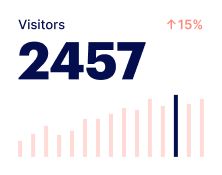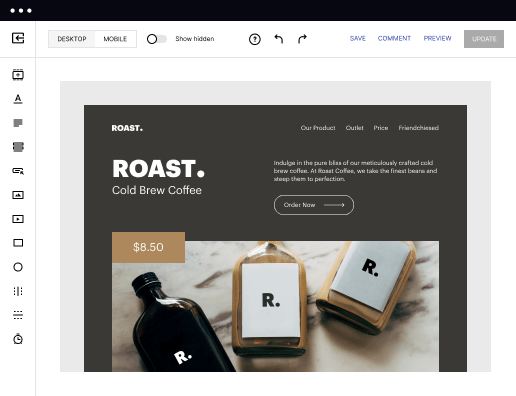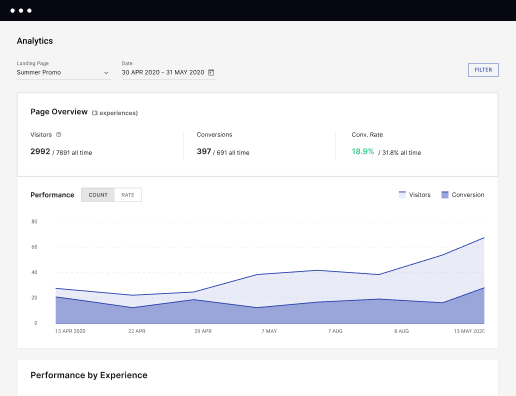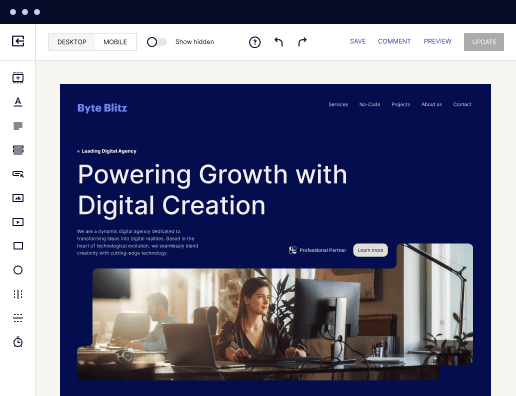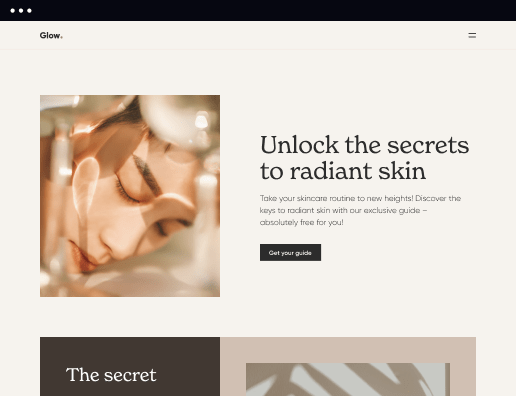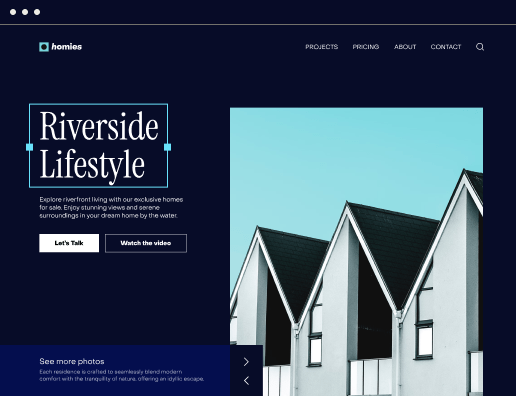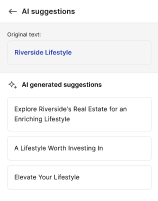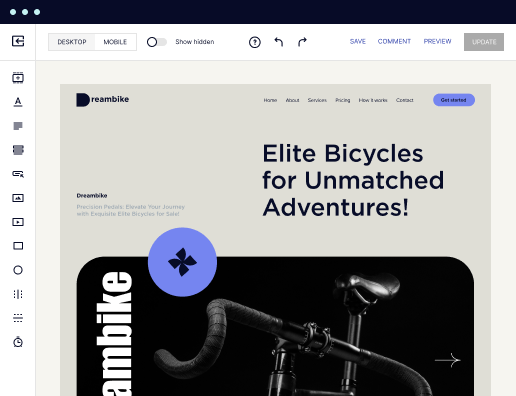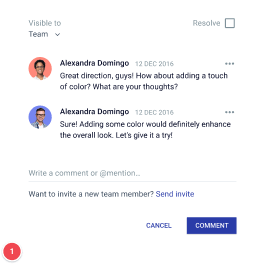Make a high-performance categories page optimized for SeaMonkey
Utilize Instapage to reduce costs, enhance conversions, and deliver tailored experiences in SeaMonkey.
Create your categories page in SeaMonkey: Boost your marketing effectiveness with Instapage
Creating a relevant and personalized landing page experience can dramatically increase your conversion rates. Instapage empowers marketers by providing a robust platform optimized for generating conversion-focused landing pages efficiently. This guide will walk you through the steps necessary to create your categories page in SeaMonkey, utilizing Instapage’s powerful features that enhance user engagement and brand loyalty.
Understanding the Importance of a Categories Page
A categories page is essential for guiding potential customers through your offerings. It can significantly impact the user experience, making it straightforward for users to find what they need. Key aspects of a successful categories page include:
- Clarity: Ensure each category is clearly labeled to improve usability.
- Relevance: Align categories with customer interests and search intent.
- Visibility: Make sure categories are easily accessible from your main navigation.
Step 1: Sign up on Instapage
To commence the process, create an account on Instapage. This platform provides you with the necessary tools and templates to facilitate your category page creation. Follow these steps:
- Visit the Instapage website and select 'Sign Up'.
- Choose a plan that fits your business needs, considering factors like the level of personalization and collaborative features.
- Complete the setup by filling in your business details and confirming your email address.
Step 2: Choose a Template
Instapage offers over 100+ conversion-focused layouts and several Instablocks to simplify this step. By selecting an appropriate template, you can save time while ensuring a polished appearance. Consider the following points:
- Search for templates using relevant keywords to your categories.
- Select a template that aligns with your brand’s identity.
- Utilize customizable features to tailor the layout to your audience.
Step 3: Optimize and Publish
After creating your categories page, it’s vital to optimize it for conversions. Use Instapage’s built-in features to test different versions and monitor user interaction. Focus on:
- A/B Testing: Experiment with different headlines or calls-to-action to find what works best.
- Heatmaps: Analyze user behavior to see where they are clicking and engagement levels.
- Analytics Dashboard: Monitor performance metrics to assess what improvements can be made.
By following these steps, you can successfully create an effective categories page in SeaMonkey and leverage the Instapage platform to its fullest. Take the time to ensure your landing pages are not only functional but also optimized for conversions.
Now that you know how to create a compelling categories page, it's time to enhance your marketing strategy with Instapage. Sign up today and see how these tools can elevate your landing pages and improve your ROI.
Get more out of Create your categories page in SeaMonkey
Improve your Quality Score with quick load technology for landing pages
Increase conversions with content that aligns with your ads and audiences
Achieve maximum ROI by scaling your marketing initiatives
Leading the way in building high-performing landing pages





FAQs
See how to create your categories page in seamonkey in action
Ready to skyrocket conversions?
Supercharge your ad campaigns with high-performing landing pages.
Get started
